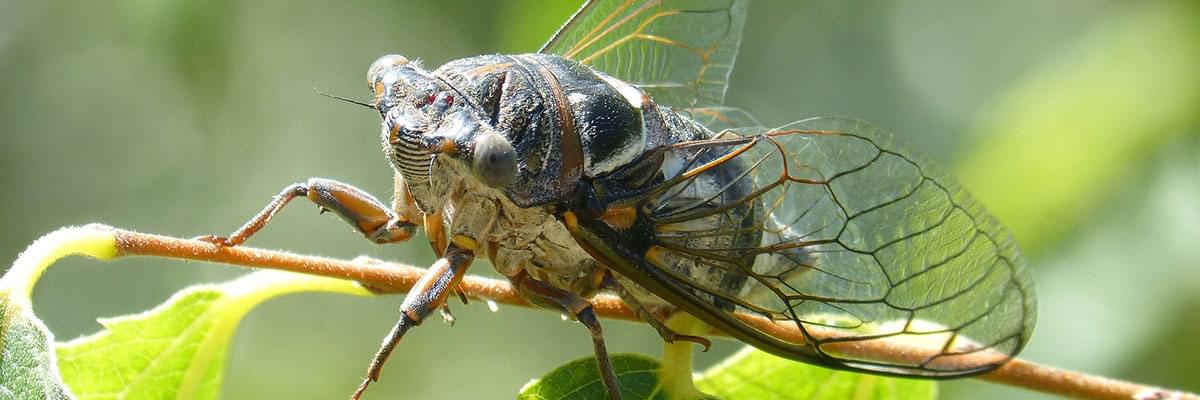Defining the Cicada
Cicadas are insects from the order Hemiptera, including aphids, shield bugs, and leafhoppers. Across the globe, cicadas represent a diverse assembly with over 3,000 identified species that exhibit variations in dimensions, colour, and the songs they emit. The majority of Cicadas typically measure between 2 and 5 centimetres in length. However, some tropical varieties can grow as large as 15 centimetres, which is impressive.
With a stout body, broad head, clear-membrane wings, and large compound eyes, cicadas are distinct in their appearance. Despite their somewhat alien look, cicadas are harmless to humans and do not sting or bite.
The Cicada Life Cycle: A Lesson in Patience
Cicadas are famous for their unique and lengthy life cycles. Most species are 'annual cicadas,' emerging every year. However, some North American species, known as 'periodical cicadas,' appear en masse only every 13 or 17 years, making their arrival a notable event.
The cicada's life cycle starts with a female laying eggs in a tree's bark. After hatching, the young nymphs descend to the ground and dig into the soil to create their habitat. They will spend the majority of their lives consuming tree roots for food. When it's time to transform into adults, they emerge from the ground, climb up a nearby surface, and shed their nymphal skin to reveal their adult form. This fascinating process of transformation is a marvel to observe.
The Song of the Cicada
The song of the cicada, which serves as a mating call and is primarily produced by males, is arguably its most unique attribute. With their individualised songs reaching 120 decibels, cicadas stand out as some of the world's most vociferous insects, each species belting out its distinct melody. A unique vibrating mechanism makes these high-frequency melodies called' tymbals' on the male cicada's abdomen.
Cicadas and Ecosystems
Cicadas play a critical role in ecosystems. They aerate the soil during their subterranean nymph stage, which benefits plant growth. Upon their death, their bodies provide a significant nutrient boost to the soil. Additionally, their emergence offers a feast for predators, and their massive hatching can increase local bird and mammal populations.
Celebrating the Cicada
Even though cicadas might not be universally adored - their resounding songs can be overpowering and their mass emergence somewhat bothersome - they deserve our respect and admiration.
Their distinctive life cycles exhibit some of the most extraordinary events in the world of insects, and their unmistakable melodies are synonymous with the soundscapes of summer.
These resilient insects have been a pivotal part of our ecosystems for countless millennia, serenading the world with their music and carrying out crucial functions. It is fitting to pause and recognise the exceptional cicada, a genuine wonder of our natural world.







.jpg)
.jpg)

.jpg)


.jpg)
.jpg)
.jpg)

.jpg)
































